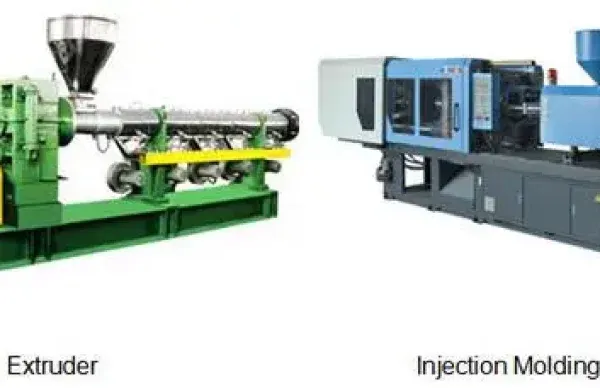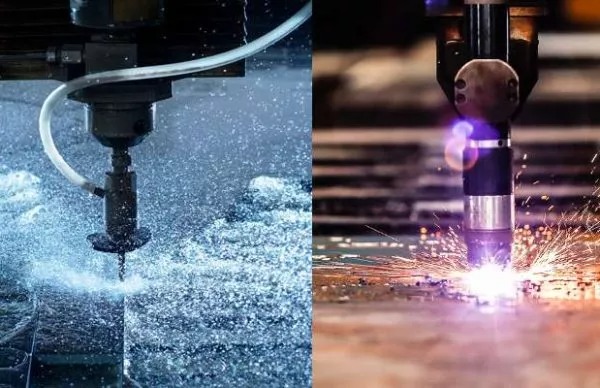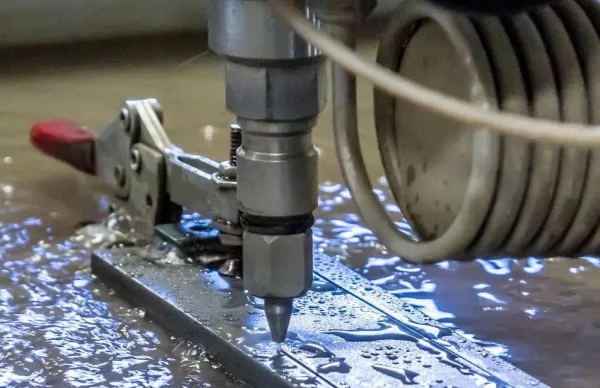Metal punching vs stamping might appear as interchangeable terms for shaping sheet metal, but the truth is each process addresses slightly different use cases. Stamping covers multiple metal-shaping processes while punching is focused solely on hole making.
If an engineer inadvertently recommends the wrong process to a machinist, the result can be wasted materials, longer lead times, or budget overruns, particularly in high-volume environments. This makes the choice a critical decision.
In this article, we will clarify the differences between punching and stamping, and illustrate when to use the particular process. You’ll learn about the working principles of each process, the materials and equipment required, and the associated costs.
What’s Stamping?
Sheet metal stamping is a cold-forming process that turns flat metal sheets into specific shapes through the application of high-pressure presses. In this sheet metal fabrication process, a flat sheet is placed into a stamping press where a tool and die surface form the metal into a desired shape. The process may or may not involve cutting material, depending upon the specific type of stamping.
Stamping and pressing are two synonymous terms that actually cover a range of sheet metal forming processes performed over a press machine. Common stamping techniques include punching, blanking, embossing, bending, flanging, and coining.
Stamping could be a single-stage operation where each stroke of the press produces the desired form on the sheet metal part, or it could occur through a series of stages.
Automotive, aerospace, electronics, and consumer goods heavily rely on metal sheet stamping services. Car body panels, aircraft parts, electronic connectors, and household appliances are made via stamping techniques.
Advantages of Metal Stamping
- Cost-effective process compared to other metal machining and fabrication methods (like die casting).
- Flexible use case; allows for a range of operations: bending, punching, flanging.
- Setup time is lower than casting and machining methods.
- Scrap can be reused.
- The surface finishing cost is lower for stamped parts than for other manufactured products.
- It is also flexible in parts sizes, you can stamp the parts from 10mm x 300mm to 2,000 mm x 10,000 mm in dimensions.
Limitations of Metal Stamping
- Stamping presses can be expensive, especially for simple fabrication designs due to costly die setup.
- The scrap from stamping is relatively higher than in other processes.
What is Metal Punching?
Sheet metal punching is a subset of the stamping fabrication process that focuses on creating holes in sheet metal. A bit simpler explanation is how a punch machine (stationary item) creates precise holes in paper.
However, this process uses a more powerful punch press. The punch tool is forced through the metal sheet into a die, shearing the material and leaving a clean, precise cut. The separated piece called the slug, is considered scrap, while the remaining stock retains its integrity.
Metal sheet punching is an auxiliary process that may be carried out after the stamping methods. Examples of sheet metal punches are car panels, brackets, faceplates, and circuit boards.
Advantages of Punching
- Very precise and clean out that don’t require finishing.
- Cost-efficient compared to laser cutting.
- Quicker than drilling.
- Works well across different sheet metals including steel, aluminum, and copper.
- Low die and tooling cost, compared to stamping.

From the introductory review, it is evident that punching fabrication and stamping are distinct processes. However, the comparison isn’t simple, as stamping encompasses a broader range of operations while punching is a more specialized technique.
“Stamping includes punching, but punching alone isn’t stamping. Punching focuses on holes and cutouts, but stamping goes further—bending, forming, and transforming sheet metal into intricate shapes”
To make things, let’s compare the process against different aspects. Before that, here’s a summarized view showcasing the key differences between punching and stamping.






